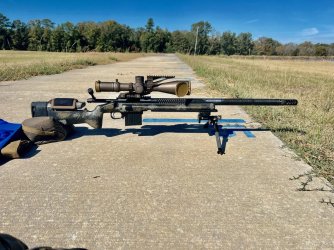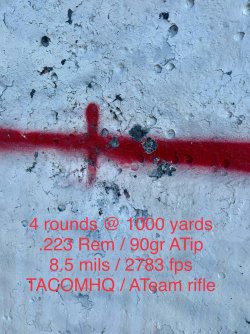You may also wanna look at the process of cryogenicing you're Barrel. This process I have used on Tooling and also engine parts to significantly increase part life. I've been told the NASCAR uses this process In all engines? and I know for a fact Arnold Palmer used it on his golf clubs and they claim it made the club drive farther. ?
I converted diesel engines to run on well head gas with generators attach for the oil field and landfills. My head had severe valve problems but after Cryogenicing problems were solved.
We cryo all of our barrels:
a) reduced stress
b) more consistent machining processes
c) harmonically superior
d) surface toughness is theoretically improved due to realignment of the base structure
If it did not work- automotive manufacturers would drop it in a split second due to costs. Every pump gear made most likely passes thru this process.
Why for us- we used to work with tooling that had to be tuned. This tooling was under significant stress and would fracture with non-treated steel. Fracture- as in split a piece of D2 hardened tool steel that weighed 64lbs. Split it or lift off attachment surfaces.
We took two pieces of D2- consecutive bar pieces- turned and ground the ends.
Both standard heat treat.
One cryo the other not treated.
We then took a wire EDM and sliced a wafer off of the D2 (4" diameter) the wafer slice was .030" thick.
The non treated part potato chipped severely. As I recall over .040".
The treated unit produced a wafer that remained flat.
This would indicate that a piece of steel will retain its base "shape" better/longer during subsequent machining processes.
It also - in our case- made the material more stable as temperatures rise.
Nodes move with temperature. If the barrel starts to heat, bend, nodes move accuracy drops.
As a note for the engineers out there- the component we were producing had to survive a use factor over 3600x of standard use. Small factors start to count.
For those who don't believe harmonics effect accuracy - there is still a gain in toughness of the material.
NOTE: there are some companies who claim cryo processing at -125deg - that is not true cryo.
NOTE: using general terms for description.




